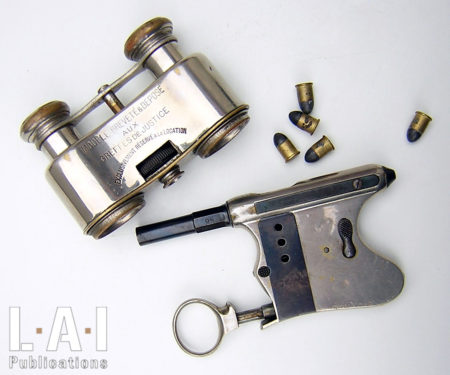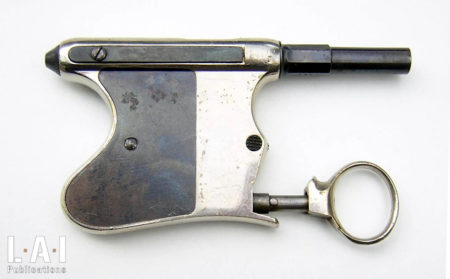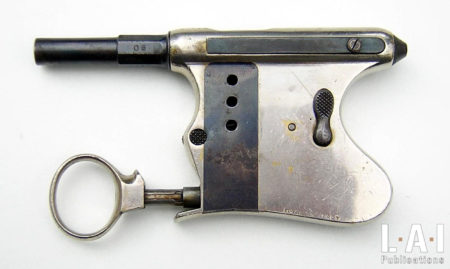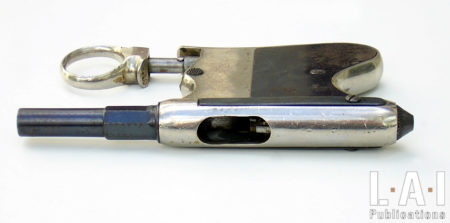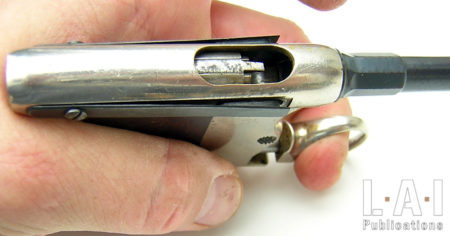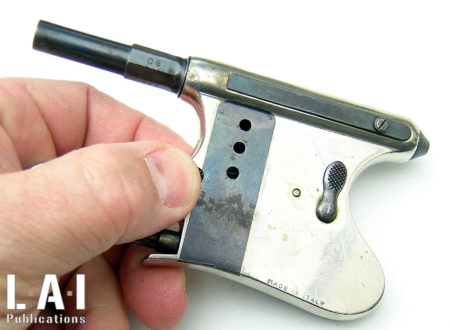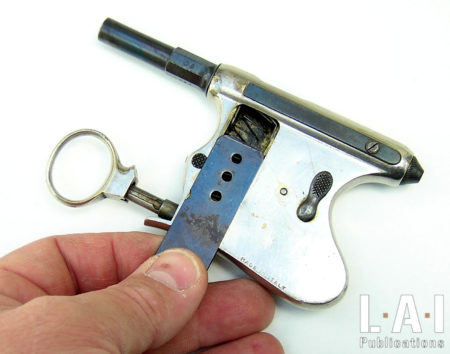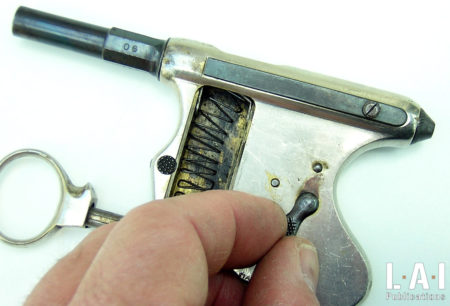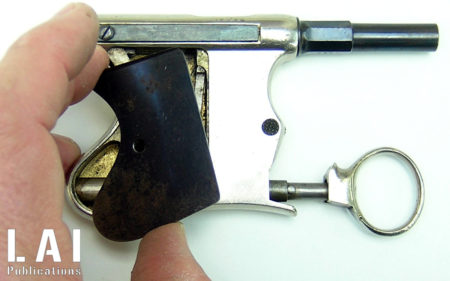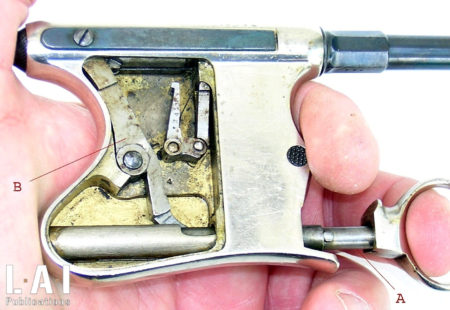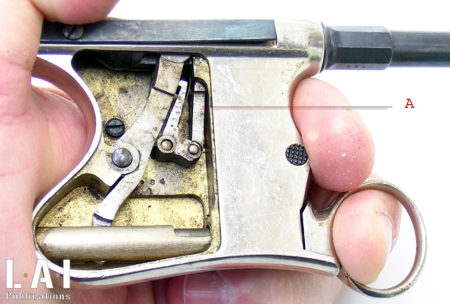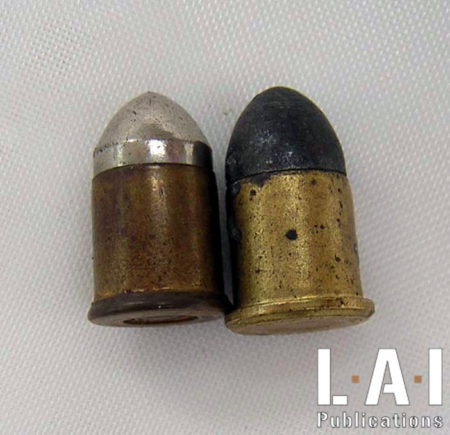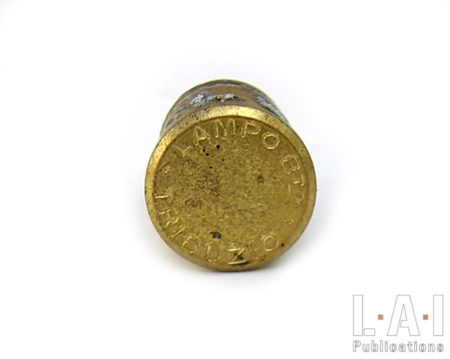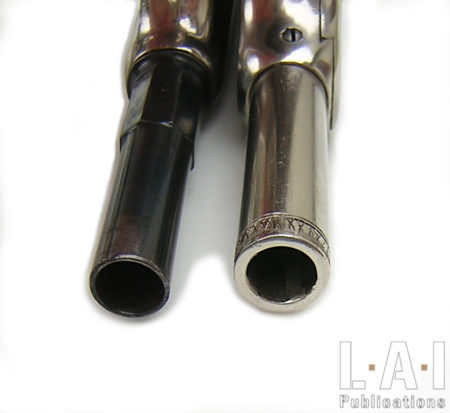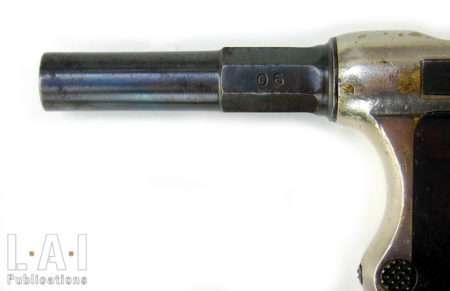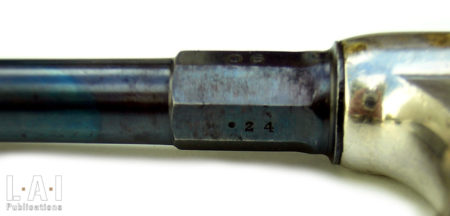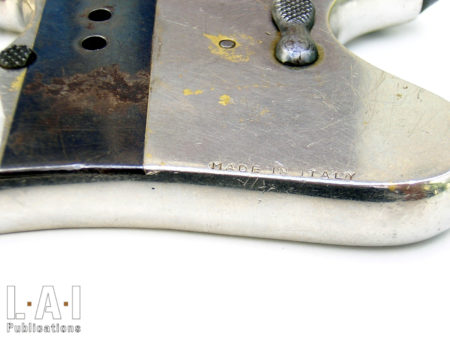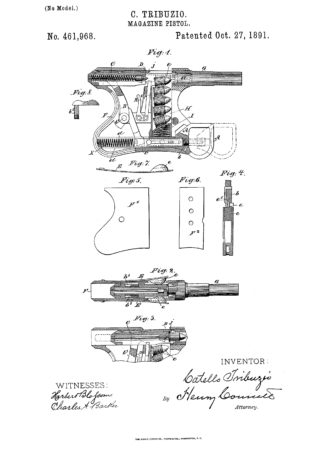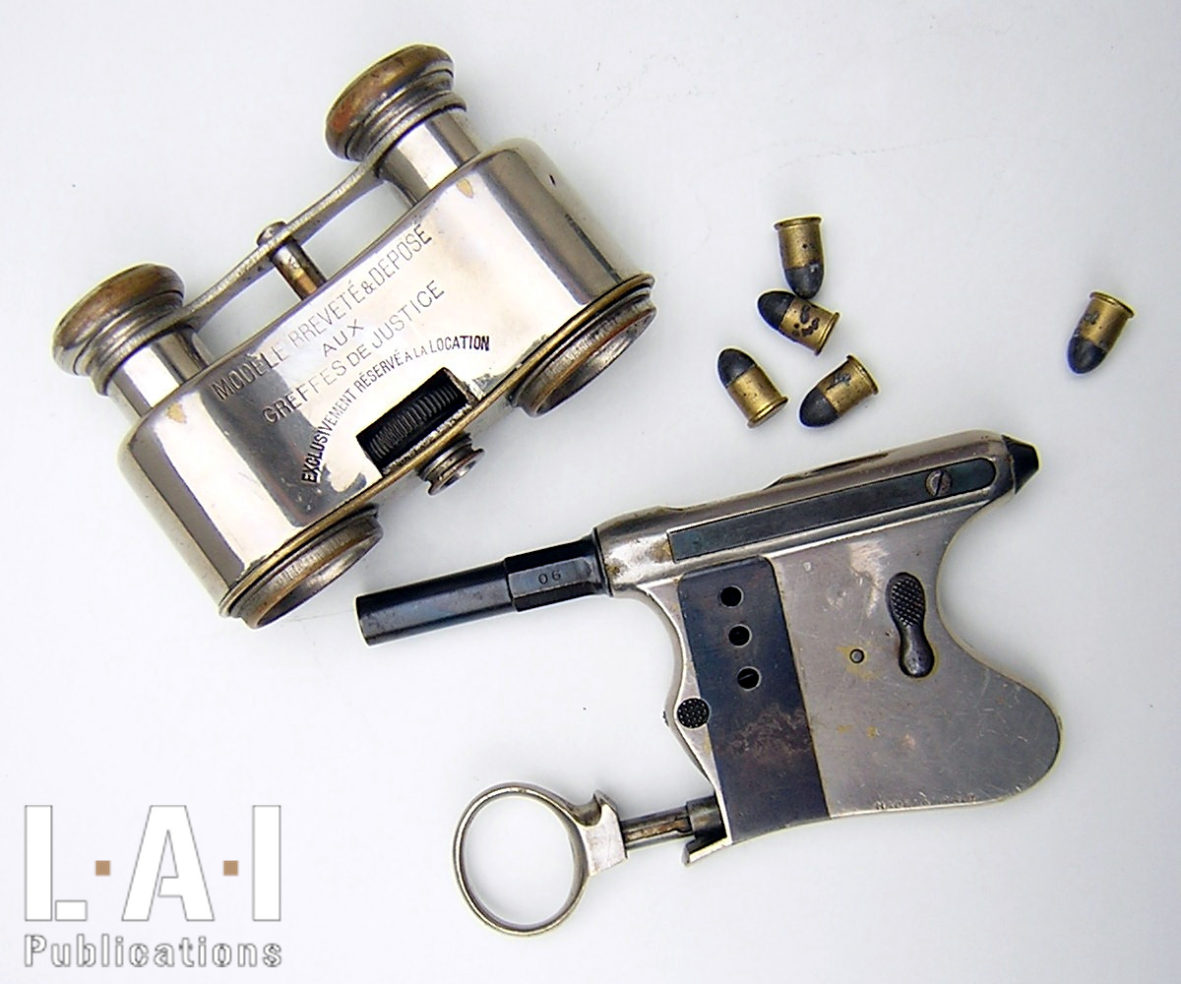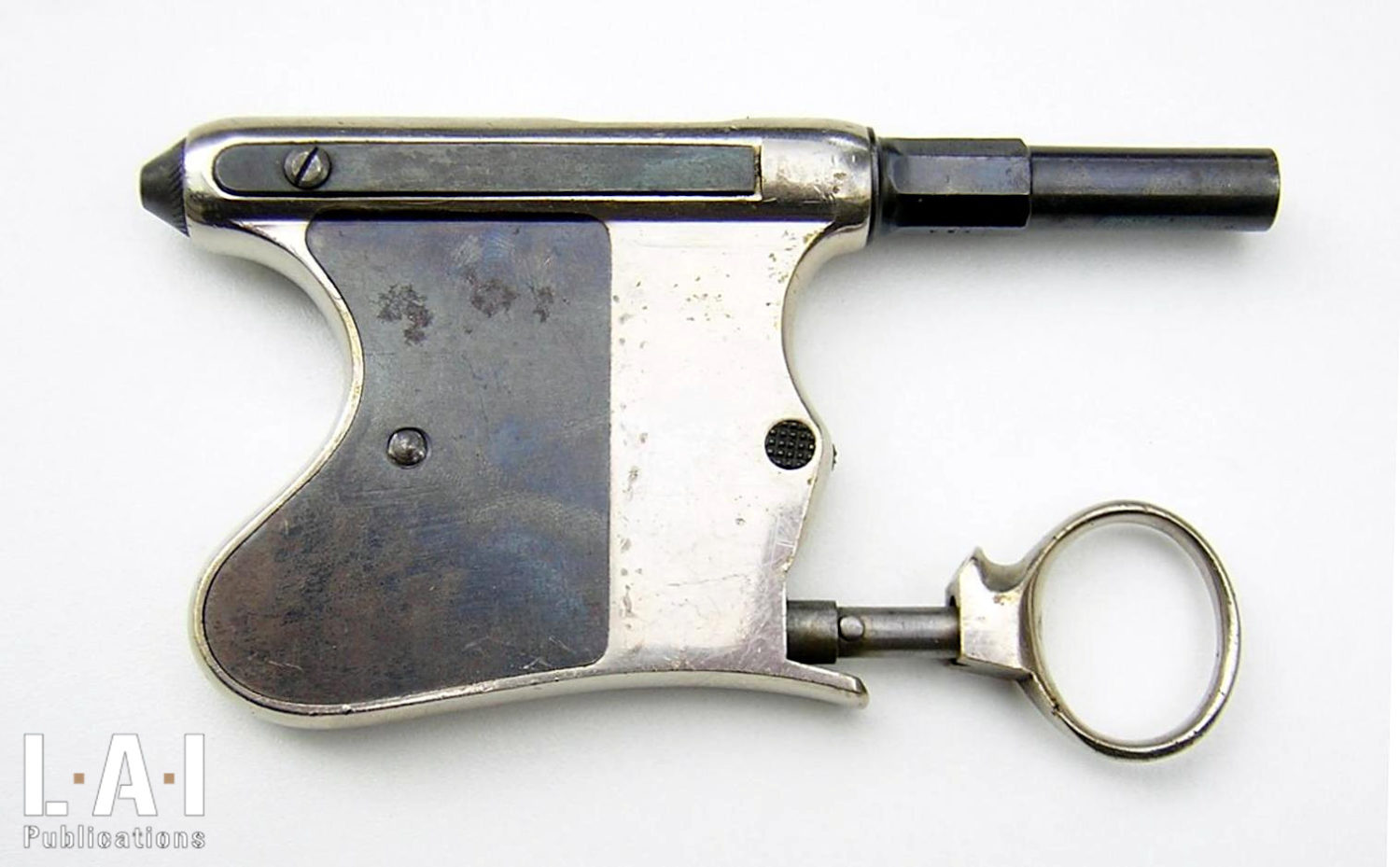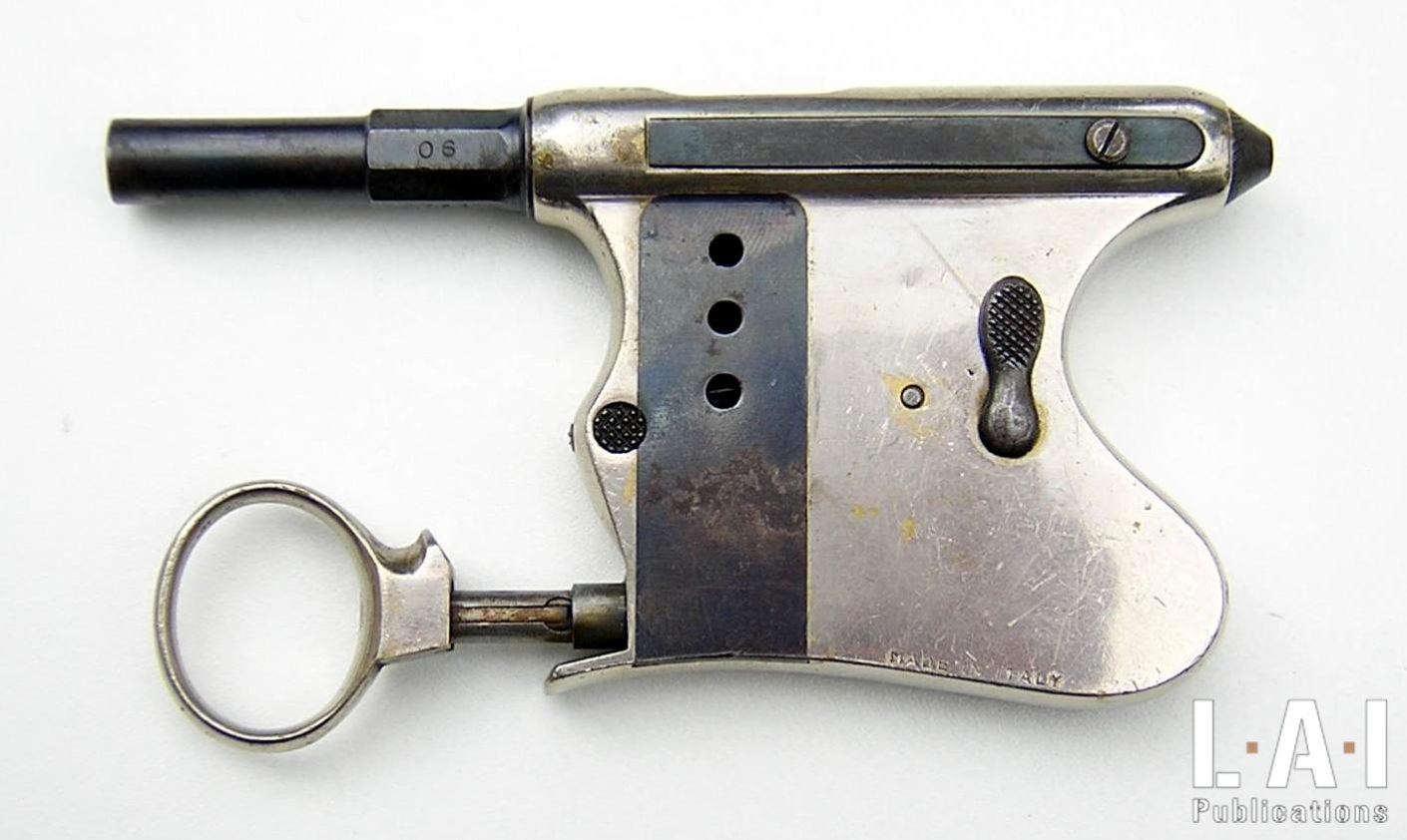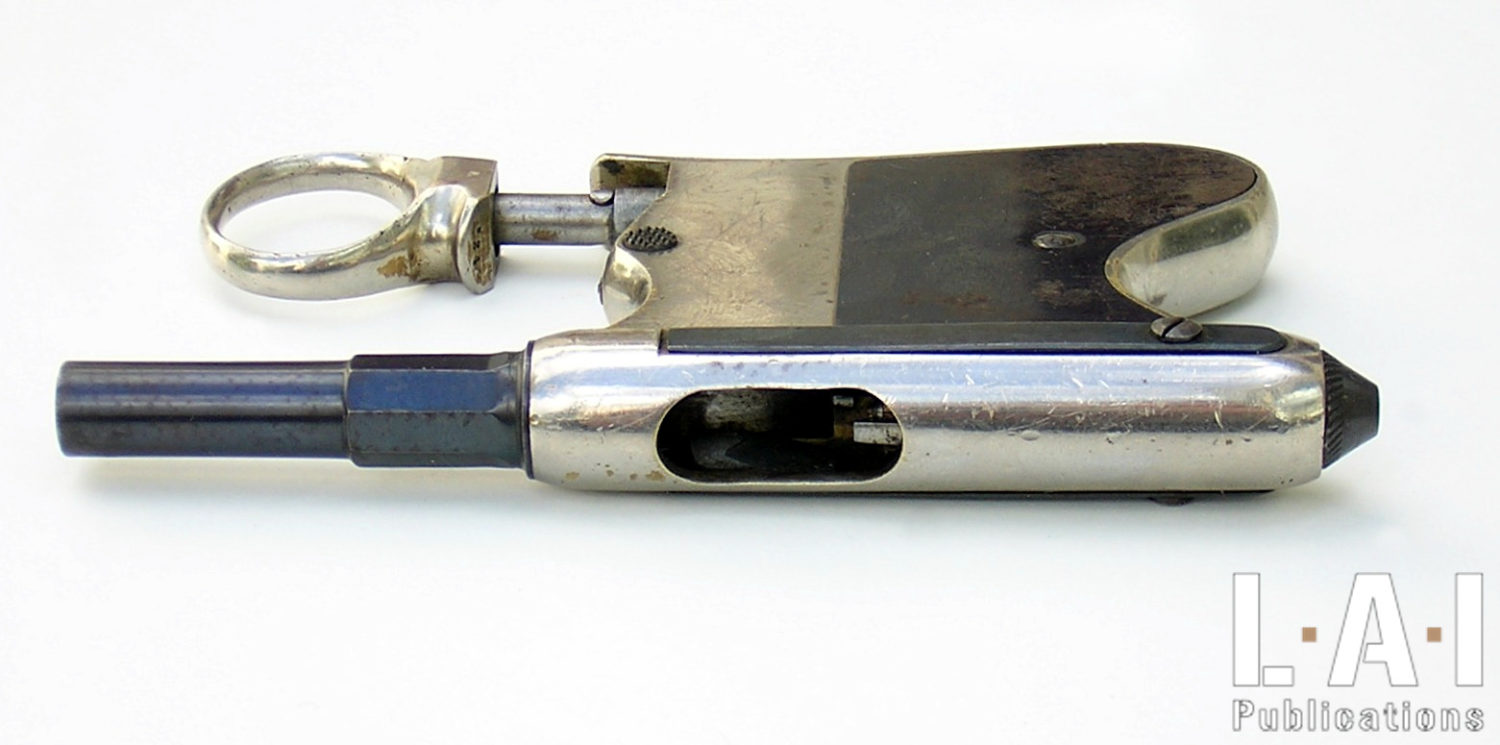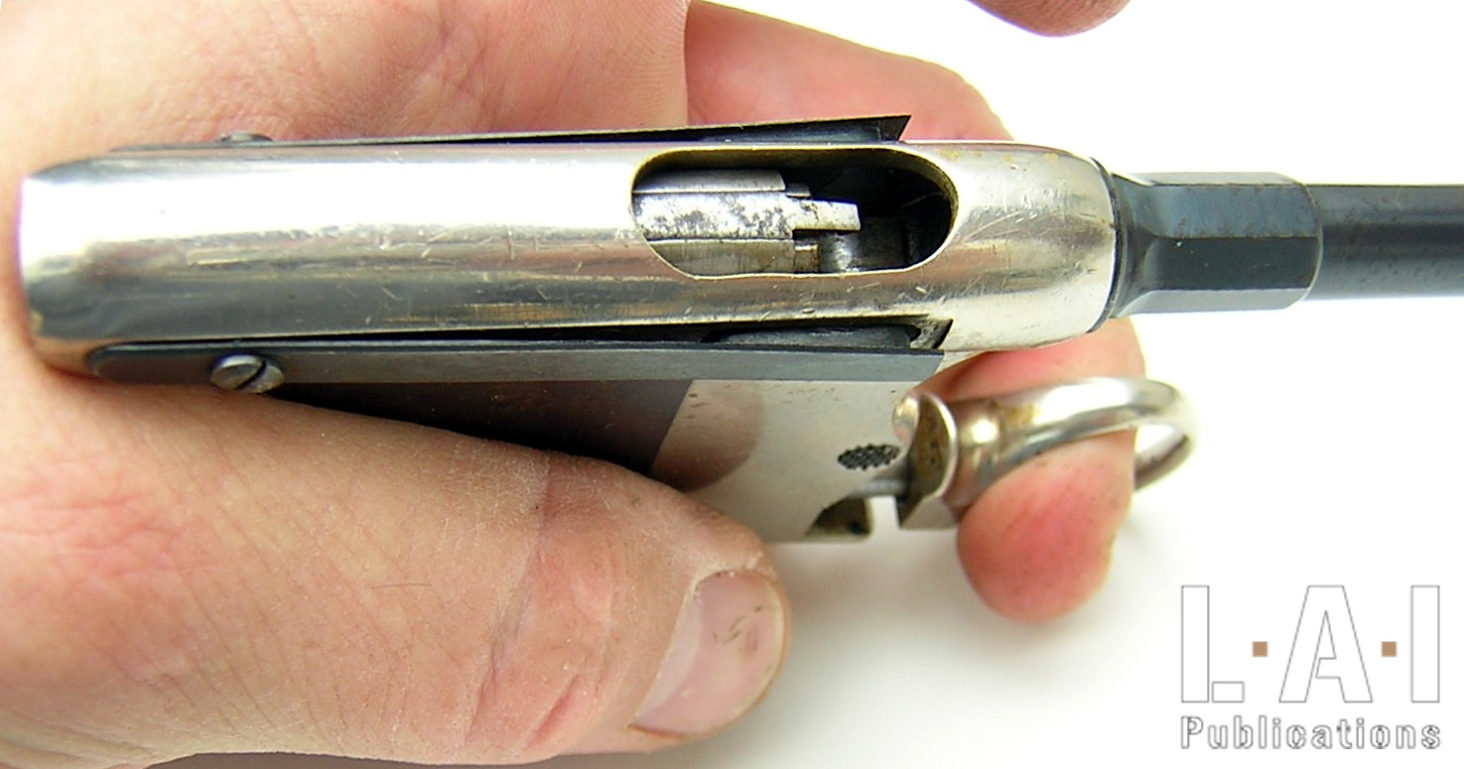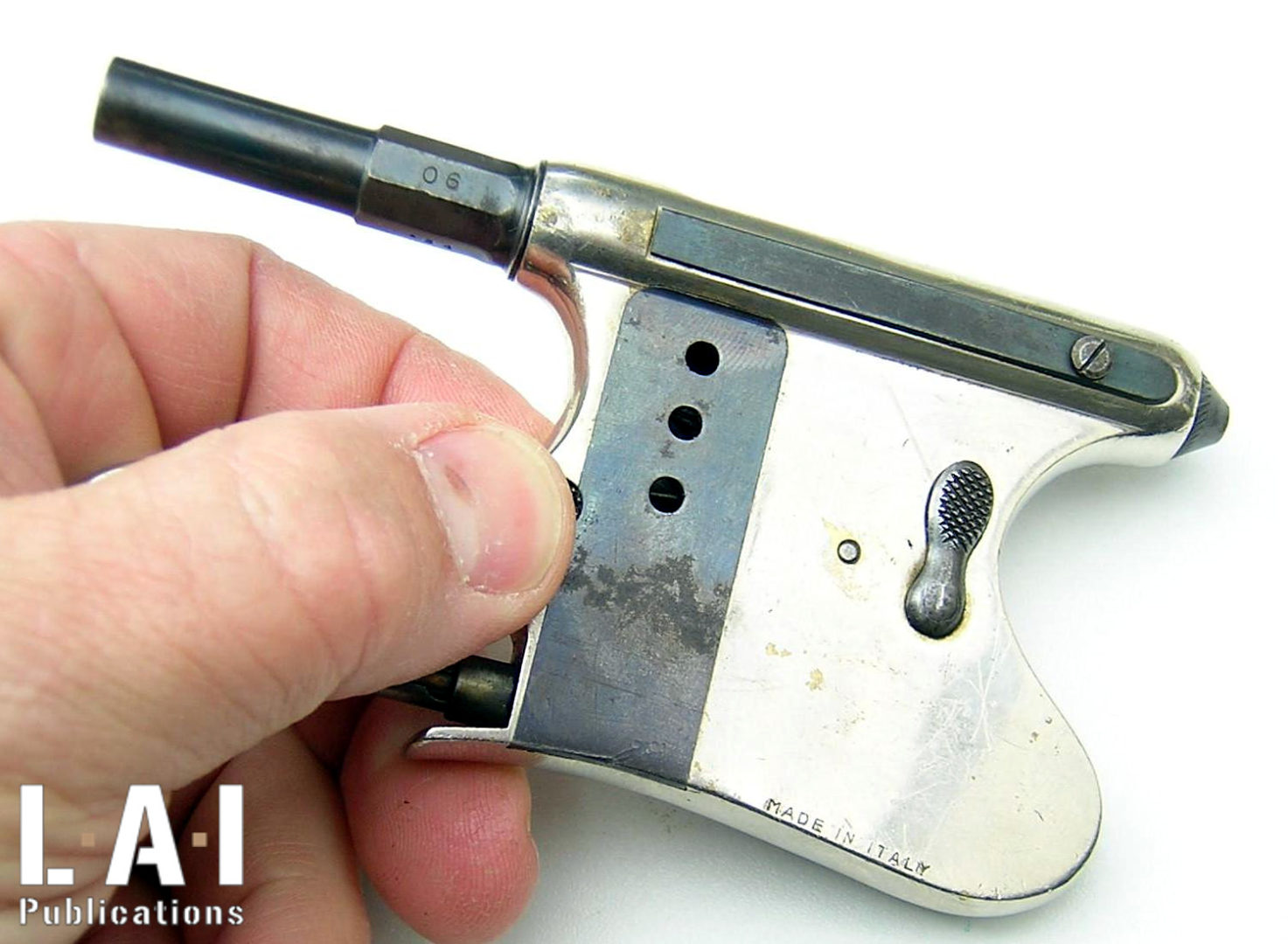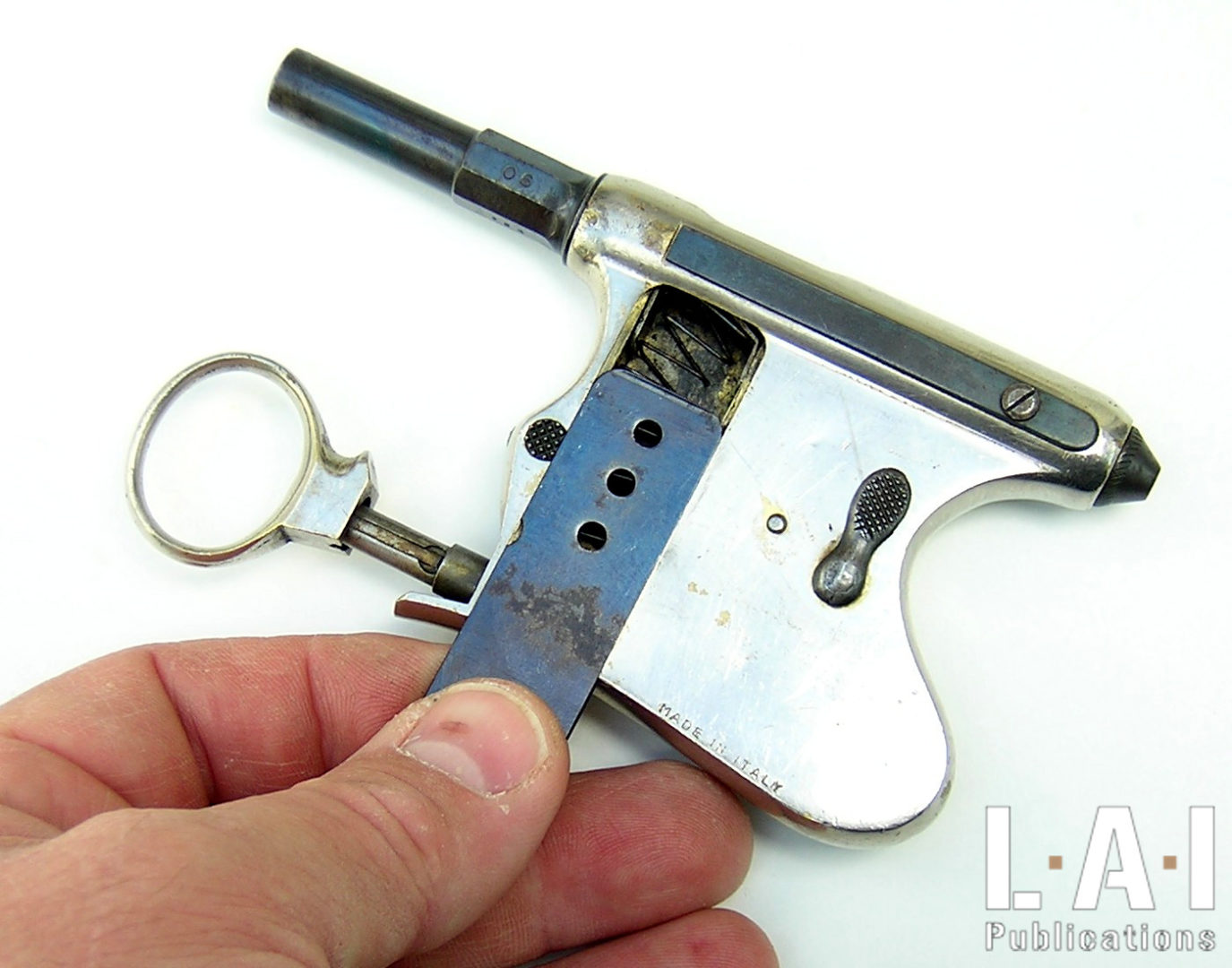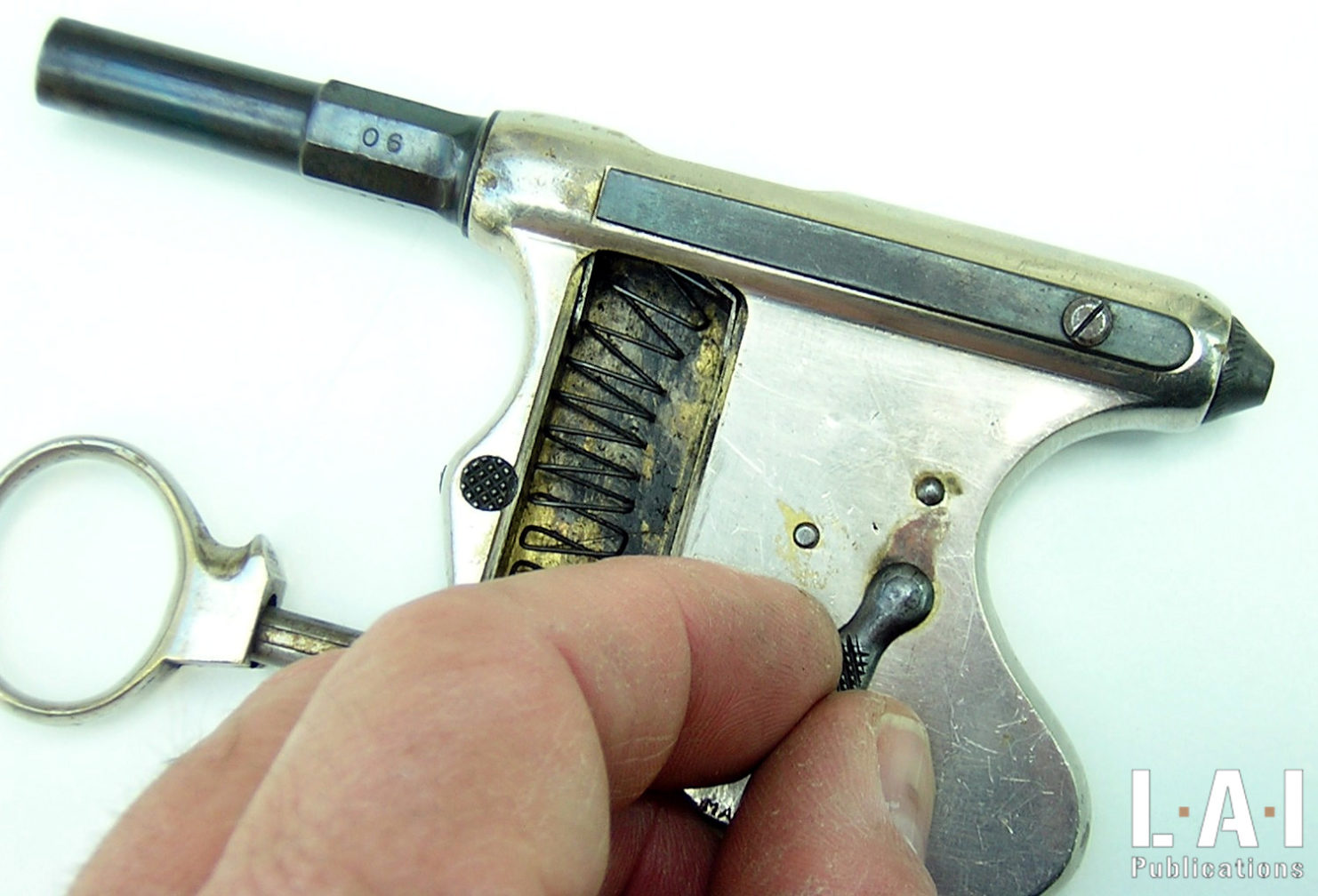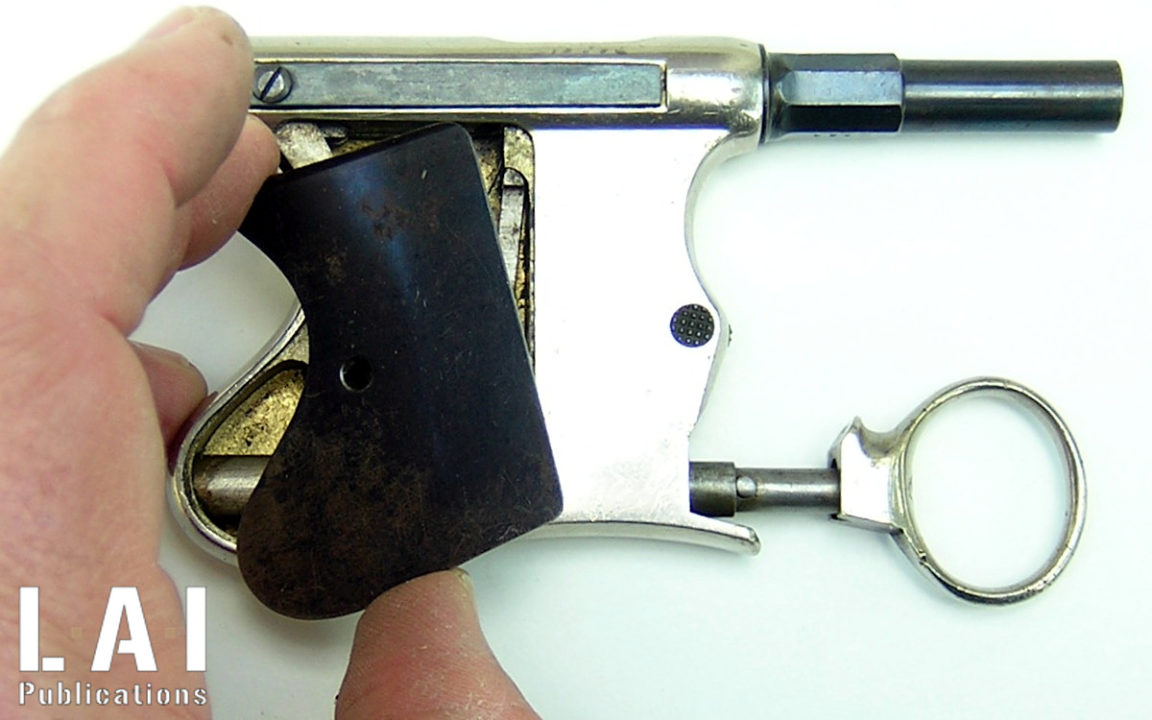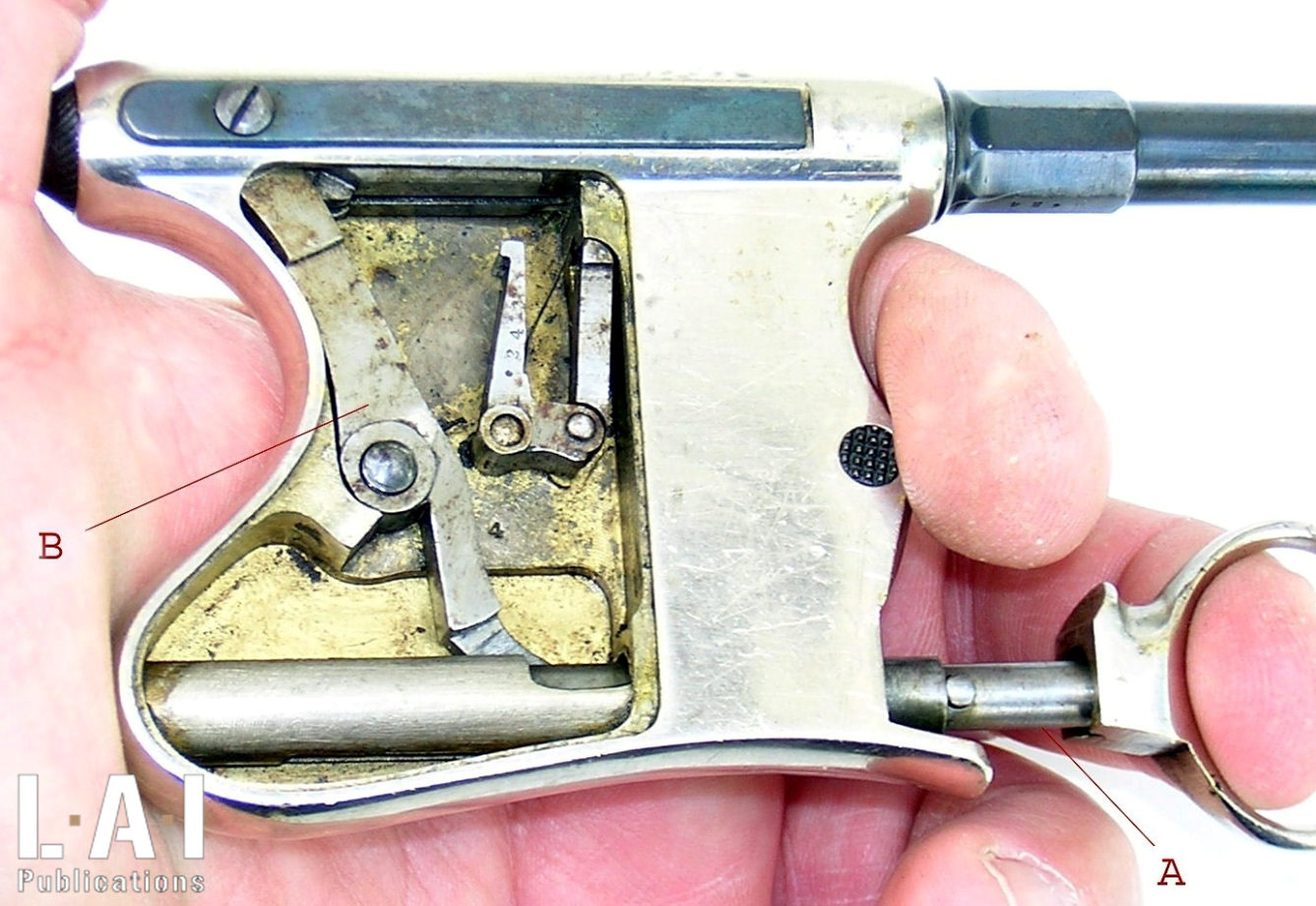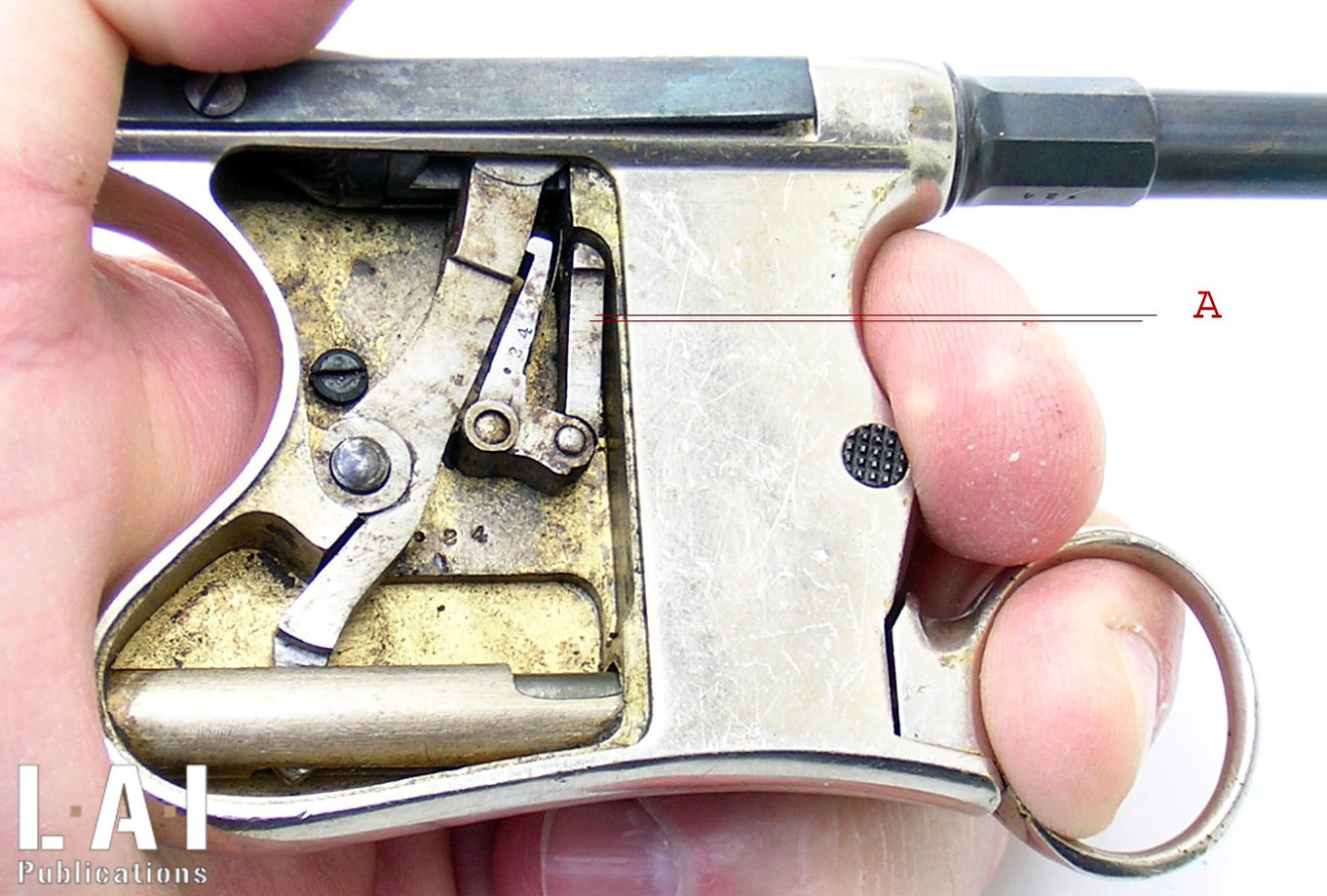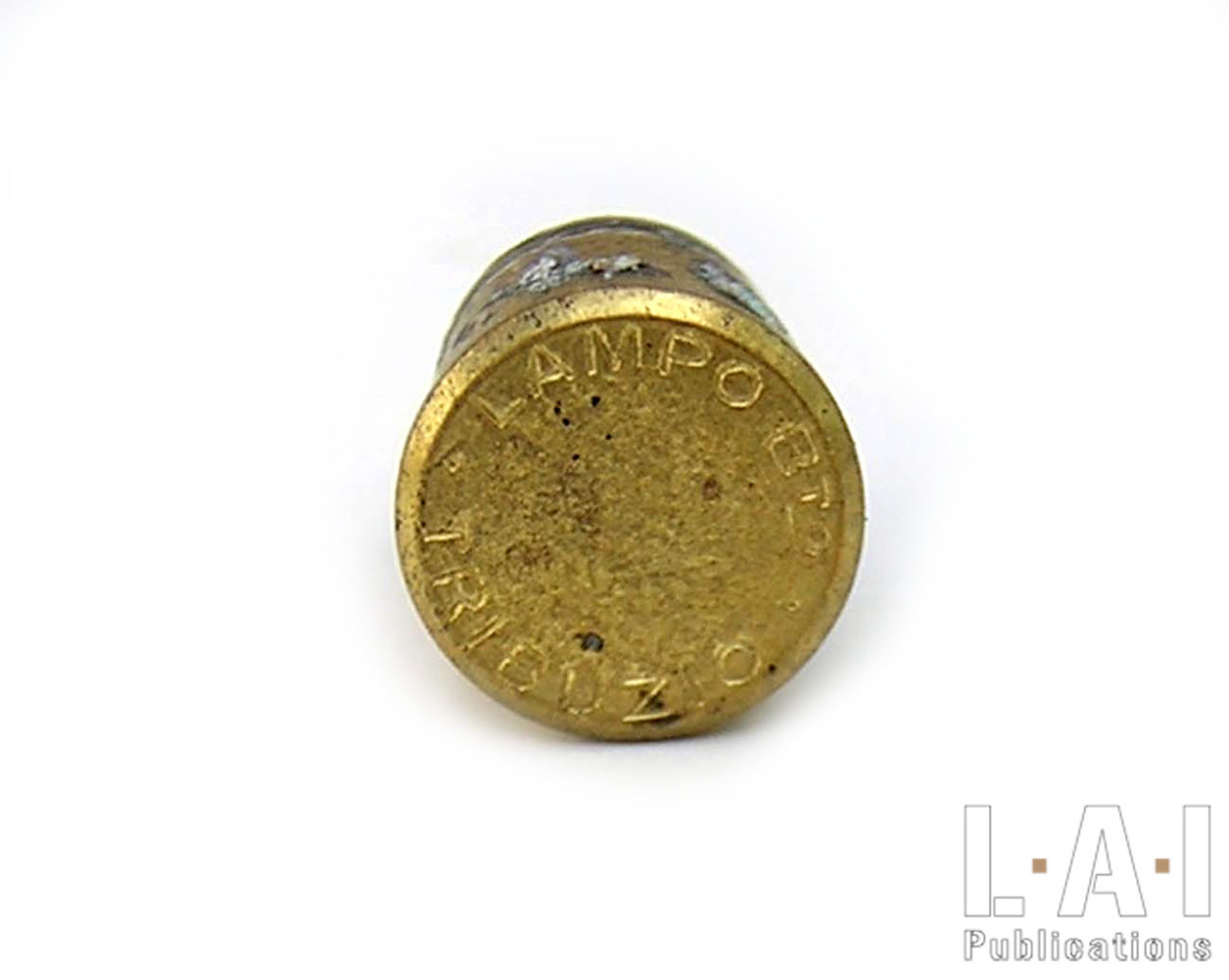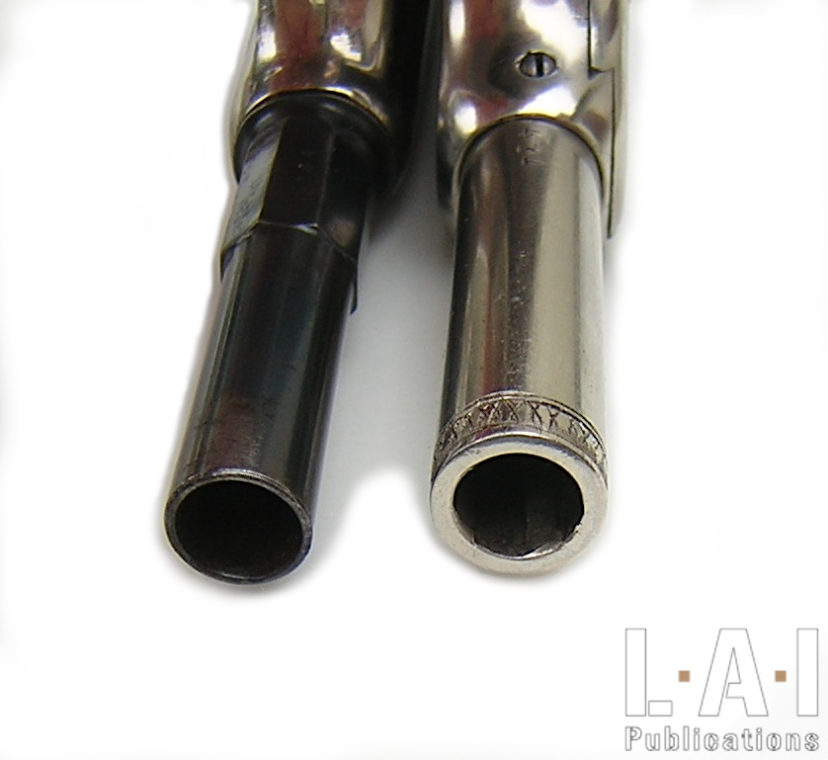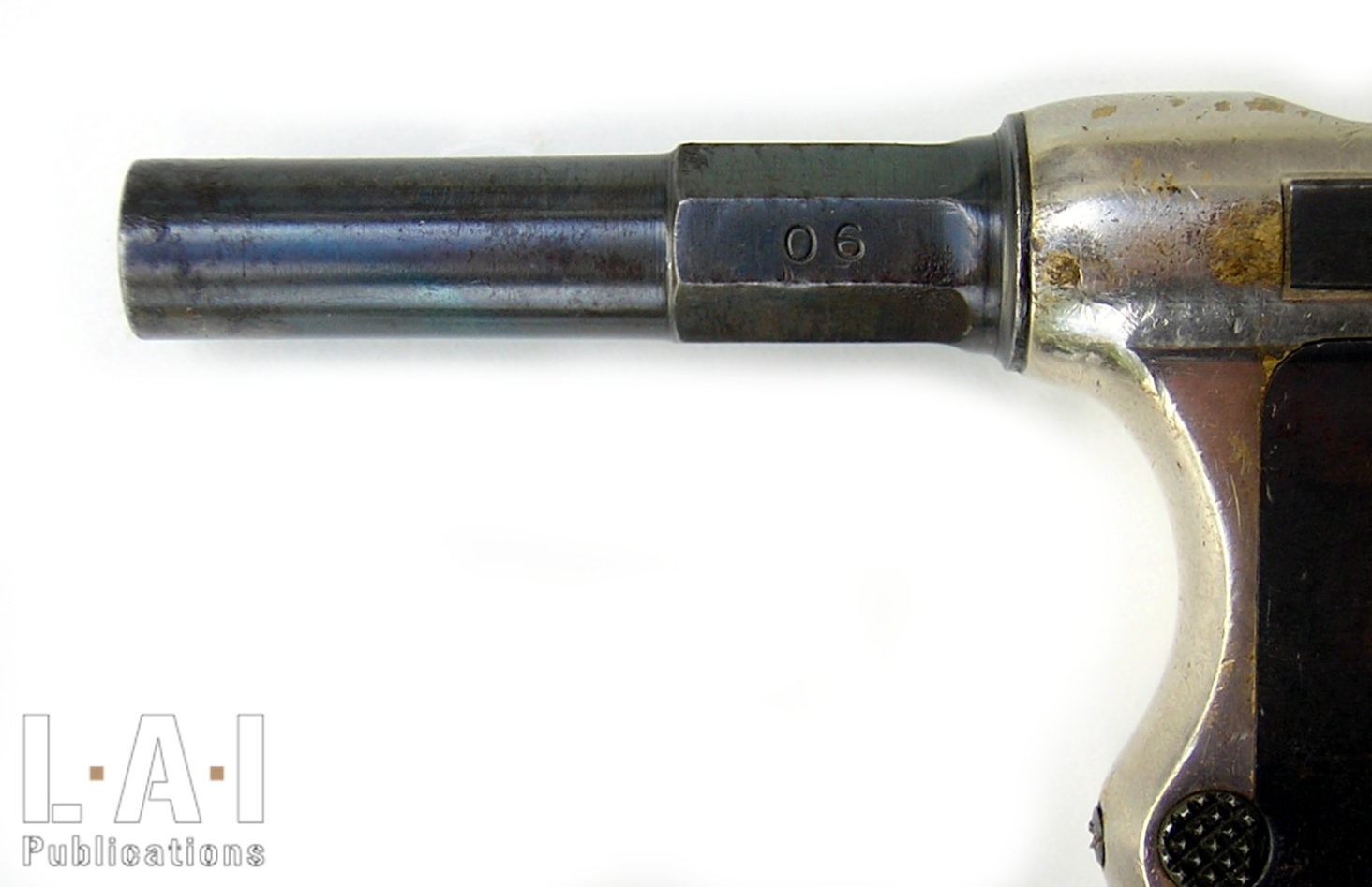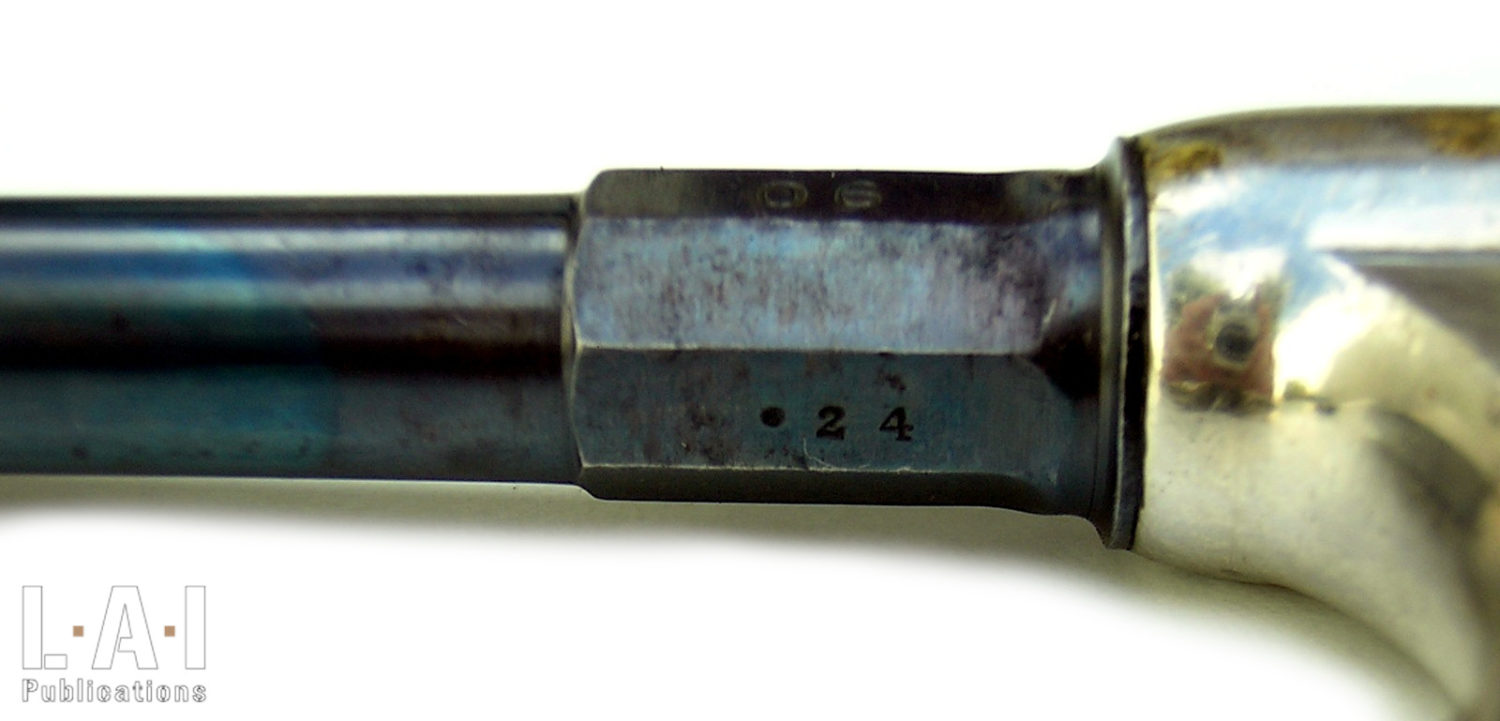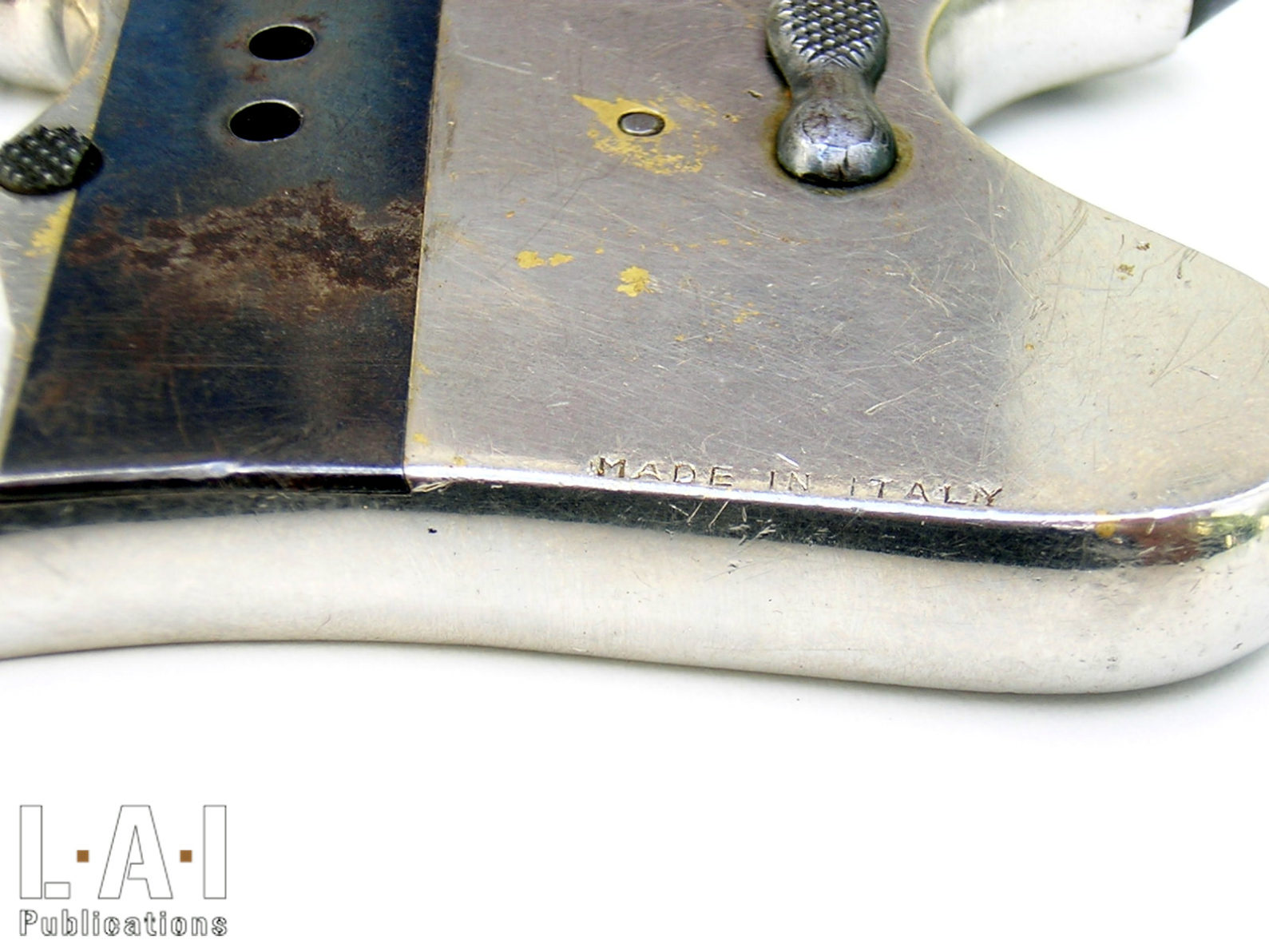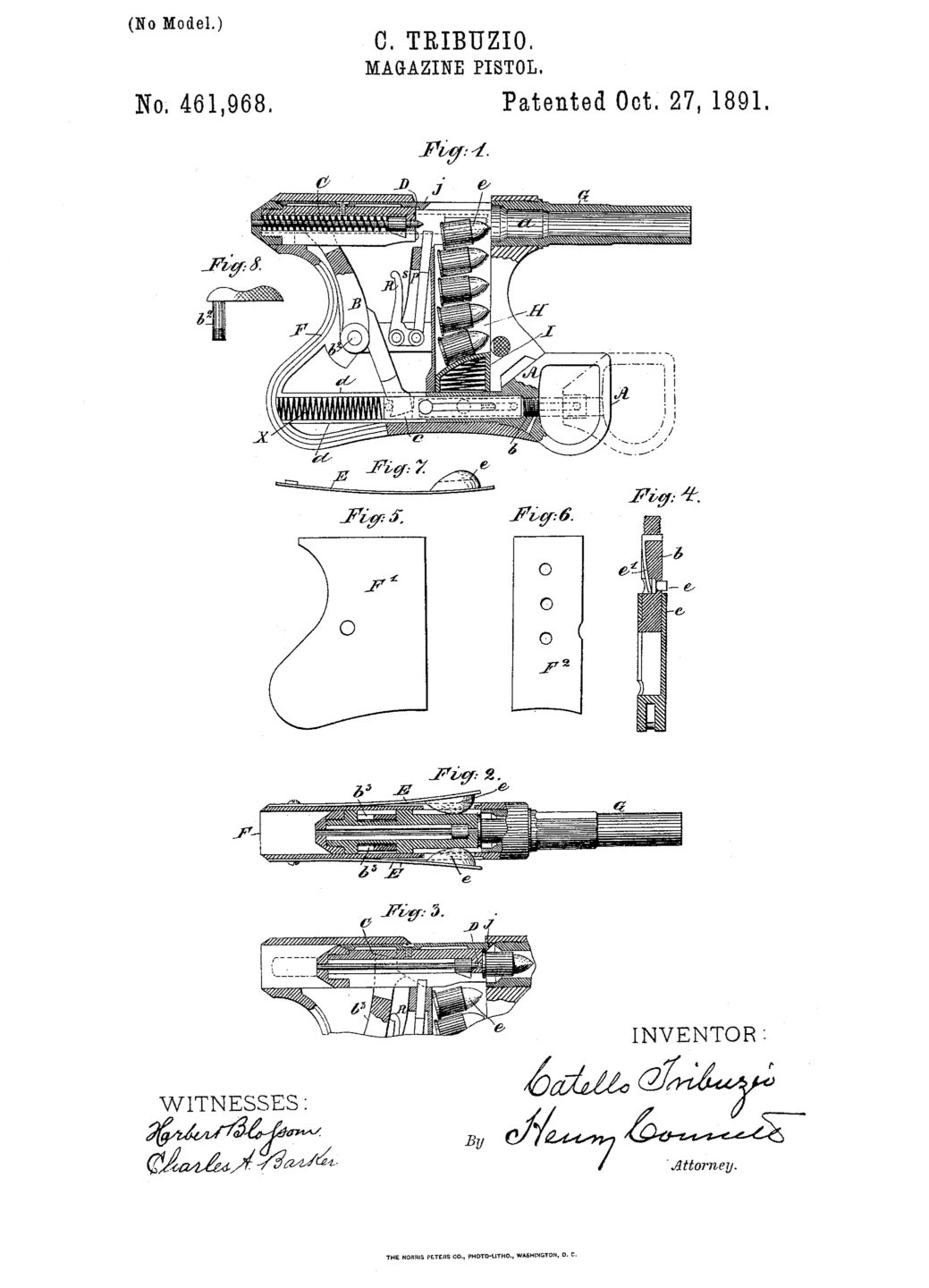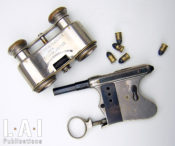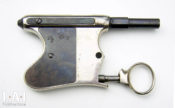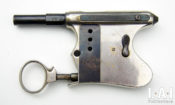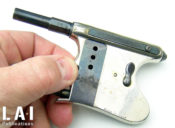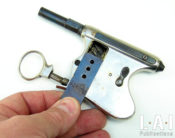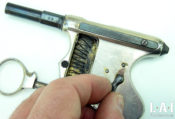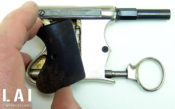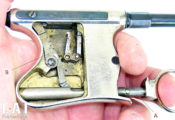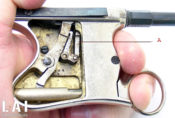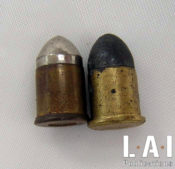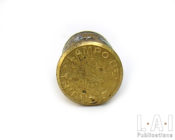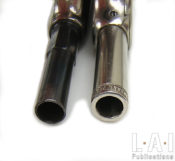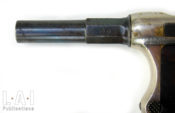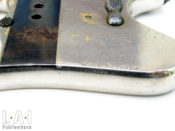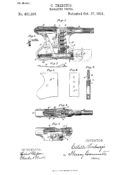The Tribuzio gun

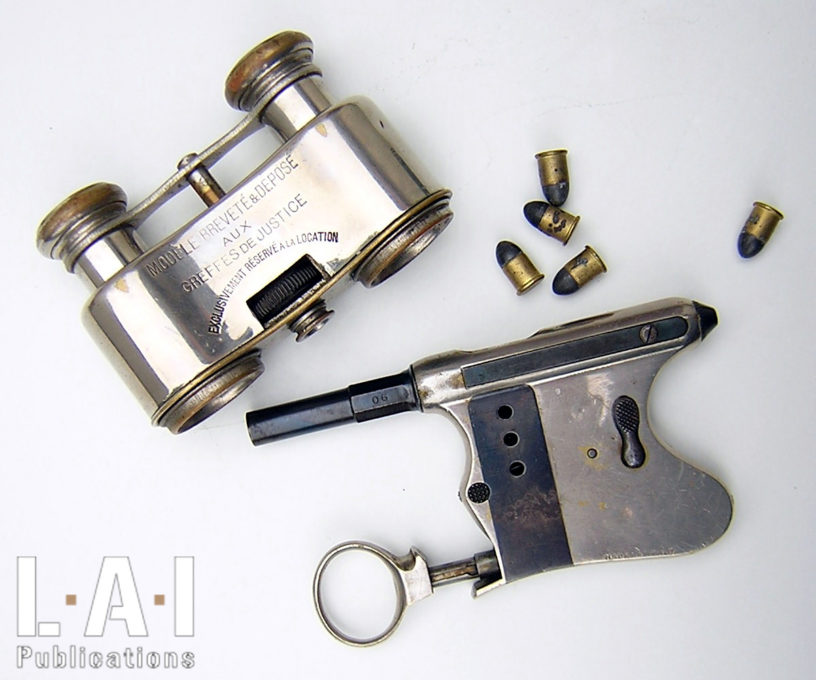
It is one of the many models of manual repeating pistols designed at the end of the nineteenth century, in the line of the “Gaulois”, Ronchouse or Brun-Latrige.
An overlooked history
The available documentation rarely mentions the Tribuzio, except in a very evasive way. Only the Støckel directory (international and biographical directory of firearms manufacturers from 1400 to 1920) mentions on page 1299 that a patent was awarded in 1899 for a repeating pistol to a man named Catello Tribuzio of Turin. Even the spelling of the inventor’s name seems poorly known, since we sometimes also see his name spelled with two “z”!
Judging by the collection market, the Tribuzio is found much less frequently than other manual repeating pistols such as “Le Gaulois” or the Trubiaux (designer of the “Protector”). This finding suggests that the weapon was produced in only modest quantities.
The 8 mm caliber ammunition used by this weapon is mentioned in most reference works under the name of “8 mm Tribuzio” or “8 mm Lampo” or finally “8 mm lightning”. It is a center percussion cartridge whose lead bullet is mounted on a 9 mm long brass bead case. It is loaded with black powder, at least for the copy examined. The dimensions of this ammunition are similar to those of the 8 mm cartridge used by the pistol “Le Gaulois”.
The weapon is equipped with a rifled barrel first of an octagonal shape and then cylindrical. The barrel protrudes from the frame. The barrel’s walls are very thin. The extremely flat frame has been designed to adapt judiciously to the ergonomics of the shooter’s hand.
It has a vertical magazine on the front that can hold five cartridges on a single stack. The left side of the magazine is closed by a plate perforated with three holes, allowing the control of the magazine’s loading. A lock button is placed at the front of this plate. If you turn it and have it face its flat part on the right, the plate is unlocked and can be extracted from the frame to access the inside of the magazine.
At the front of the frame is placed a piston extended by a ring (acting as a “trigger”) operated by the shooter’s middle finger. This arrangement seems less convenient than that found on the “Gaulois” and on the Ronchouse and “Merveilleux” pistols where the shooter uses the strength of three fingers to operate the mechanism. By compressing this piston, the shooter moves the breech forward. At first, it removes on its way the “lips” of the magazine placed on either side of the case which release the cartridge as the breech advances. During this same movement of the breech, the striker is cocked: it is held back by the top of the ejector which here acts as a trigger. At the end of the stroke, the lever controls the lowering of the ejector, which, releasing the striker, fires the weapon. When firing, the breech locking is ensured by pressing the control lever on the frame… on a principle finally quite similar to that of the first lever-action weapons (Henry 1860, Winchester 1866 and 1873 …)
At the back of the frame, on the left side, is a disassembly lever. By unscrewing this lever, one releases the sideplate placed on the right side of the frame, which gives access to the mechanism.
The Tribuzio is carefully crafted. Most examples benefit from a nickel-plated finish, applied over a brass layer. The barrel, the sideplate of the frame, that of the magazine, the rear cap of the breech is blued.
On the copy presented in this article, we find the marking “MADE IN ITALY” on the left side of the frame while the numbers 06 and “.24″ are stampeded on to the barrel. The marking”.24″ is found inside the magazine cover plate and the mechanism most likely represents the serial number of the weapon.
Conclusion
Like other short-cartridge weapons of the same generation, the Tribuzio possessed only a very limited stopping power and also had a reduced magazine capacity. In return, it was flat and light, which made it possible to conceal it in one’s clothes. It offered the enormous interest of reassuring its wearer and could possibly offer him a saving deterrent in case of a bad encounter.
Luc Guillou
This is free access work: the only way to support us is to share this content and subscribe. In addition to a full access to our production, subscription is a wonderful way to support our approach, from enthusiasts to enthusiasts!
Technical Data:
Caliber: 8 mm
Ammunition: 8×9 R also called: “8 mm Tribuzio”, “8 mm Lampo” or “8 mm lightning”.
Magazine capacity: 5 rounds
Total length: 127 mm
Barrel length: 50 mm
Maximum thickness: 17 mm
Height: 70 mm
Empty weight: 280 g


